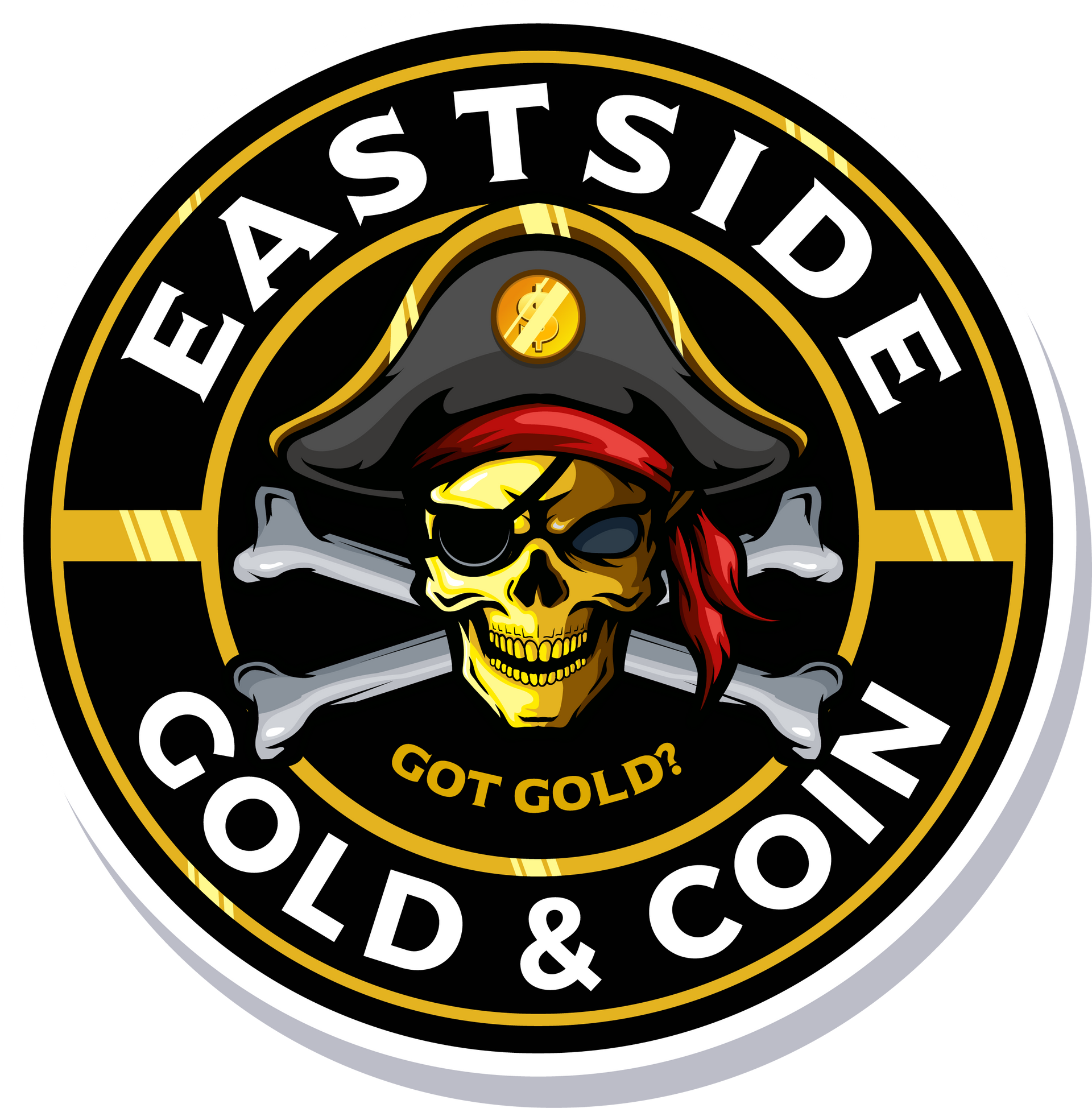Austrian Gold Corona
If you’ve taken a history class you’ve probably heard of the Austrian empire. As far as empires go, the Austrian empire was extremely successful. It was the most powerful empire of its time and one of the most powerful empires in Europe’s entire history. For over a hundred years the empire ruled over a large swath of south and central Europe. For most of its history, the empire fell under the reign of its enigmatic leader, Franz Joseph I. Franz Joseph I brought success to the multinational empire during his time as leader. Near the end of his reign, the Corona Gold Coin was released by the Austrian Mint in 1892. The last coin in this series came out in 1911. There was no restrike in 1912. The coin is a great example of life under the Austrian empire. The empire came to an end just after World War I. No coins were issued once the empire collapsed. Collectors today look for these coins because of their historic value and their place in the historic Austrian empire.
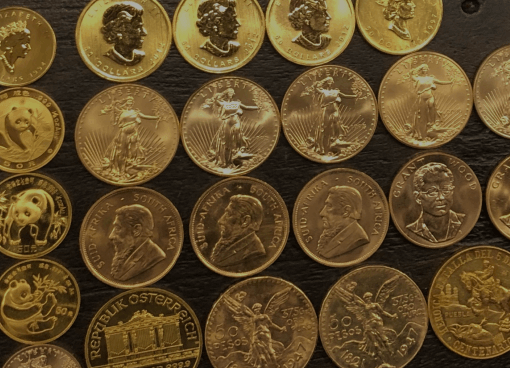
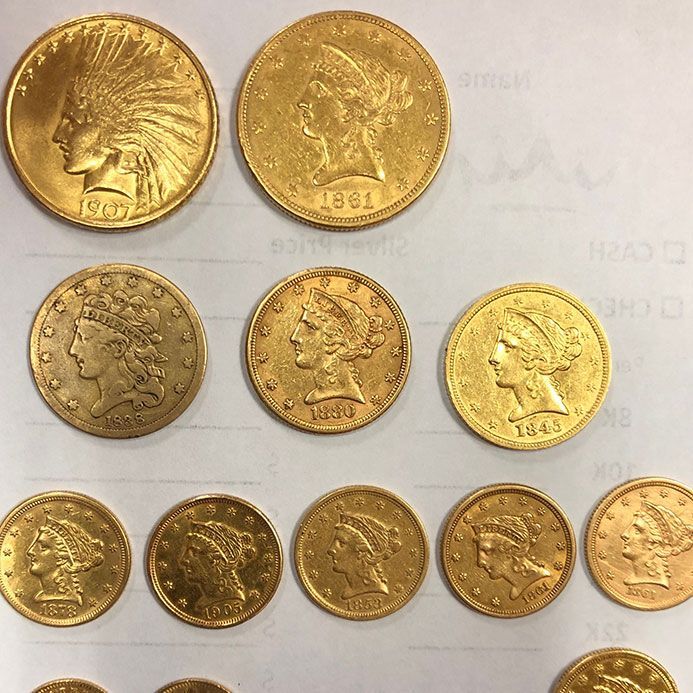
Specifications of the 10 Corona
- The name of the series is the Austrian Gold Corona
- The coin’s purity is .900
- The total metal weight for each individual 10 Corona coin is .098 troy ounces
- The condition on these coins vary
- It was manufactured by the Austrian Mint
- The issuing country is Austria
- It is .9 mm in thickness
- The diameter of each coin is 19 mm
- The denomination of each coin is 10 and the face value is 10 Corona
In addition to the 10 Corona two other coins exist. The first is a 100 Corona and the other is a 20 Corona.
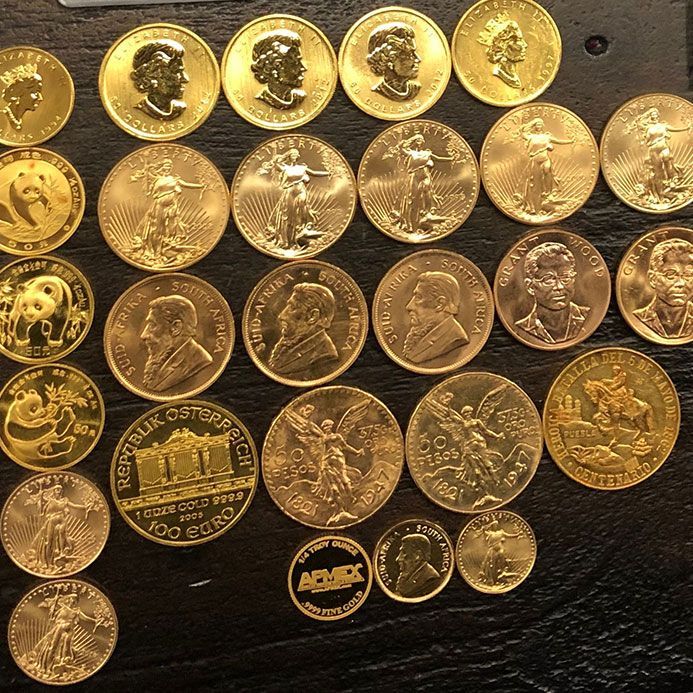
Highlights of the 10 Corona Coin
- These coins were issued between 1892 and 1911. There was no restrike in 1912.
- Each coin contains .09802 Troy oz of gold.
- The coins have a face value of 10 Austrian Corona.
- The coins were issued by the Austrian government, which at that time was an empire.
- On the obverse of the coin is a depiction of Franz Joseph I, the emperor who ran the multinational Austrian empire for nearly all of its 100 year existence.
- On the reverse of the coin is the crowned arms of the Austrian empire.
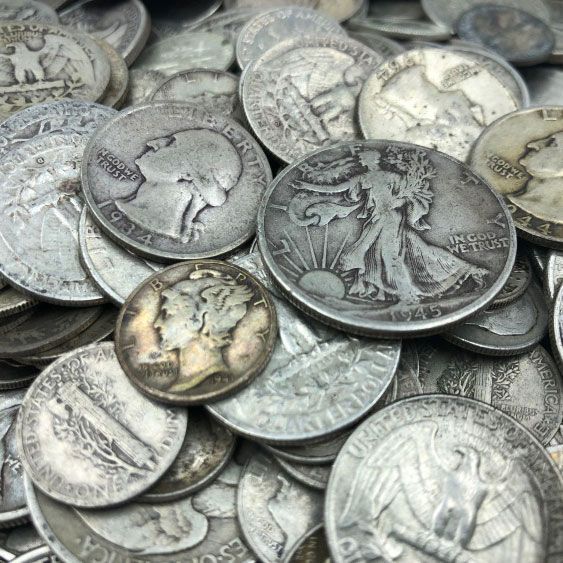
Design Austrian Gold Corona
The design of this coin is very interesting. It is a very historic coin, representing the long lost Austrian empire, which was around for 100 years. The coin features a depiction of its long-lasting emperor and the crest that represents the Hapsburg family. The words written on this coin are written in Latin, which is another thing about this coin that harkens back to a long time ago.
Obverse
On the obverse of the coins in this series is a portrait of Franz Joseph I, the then-emperor of the Austrian empire. The coin was minted towards the end of his rule. In addition to Joseph I, the empire was ruled by Ferdinand I and Francis I. The Habsburgs founded the empire. Joseph I spent nearly his entire life as an emperor. He took over in 1848 at the age of 18 and stayed in control until he died at the age of 68 in 1848. He was known by several different roles and titles throughout his life. In addition to being Emperor Joseph I of the Austrian empire, he was also known as the King of Hungary.
Reverse
On this coin’s reverse is a symbol that represents the strength of the Austrian empire. It is the crowned arms. The design is based on a striking yet simple thought. It features an eagle with two heads. Above the two-headed eagle is a single crown. One crown uniting the two heads. The Hasburg shield is featured on the center of the crest. The coin is engraved on both sides. The language of the engraving is Latin.
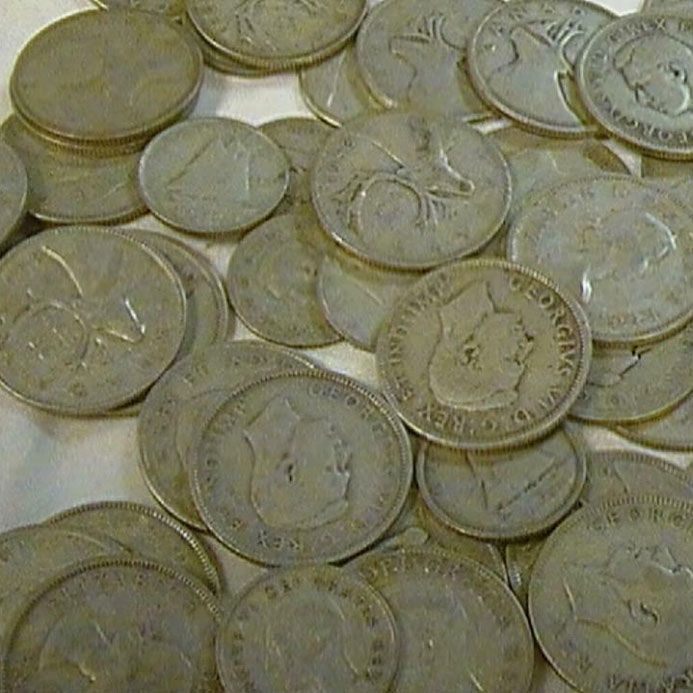
Can I sell my Austrian Gold Corona (100 Corona, 20 Corona, 10 Corona)?
Yes. These coins are no longer produced, which makes them valuable in the eyes of many collectors. Also, these coins have high historical significance. They represent the Austrian empire, which no longer exists. The coins feature the Habsburg royal coat of arms, which is a very traditional symbol of European royalty. The best bet is always to work with a respectable dealer to get the best value for your coin. A dealer will get you the best price for your coins and they’ll let you know the story behind the coin. These coins are not only valued for their metal content but also for their historic significance.
Can I purchase an Austrian Gold Corona (100 Corona, 20 Corona, 10 Corona)?
Yes. Get the best deal by working with a known buyer. These coins are valuable. Collectors enjoy these coins and seek them out because of their historical significance. That’s why it’s great to work with a respectable dealer or buyer who’s going to get you the best coin for the best value.
